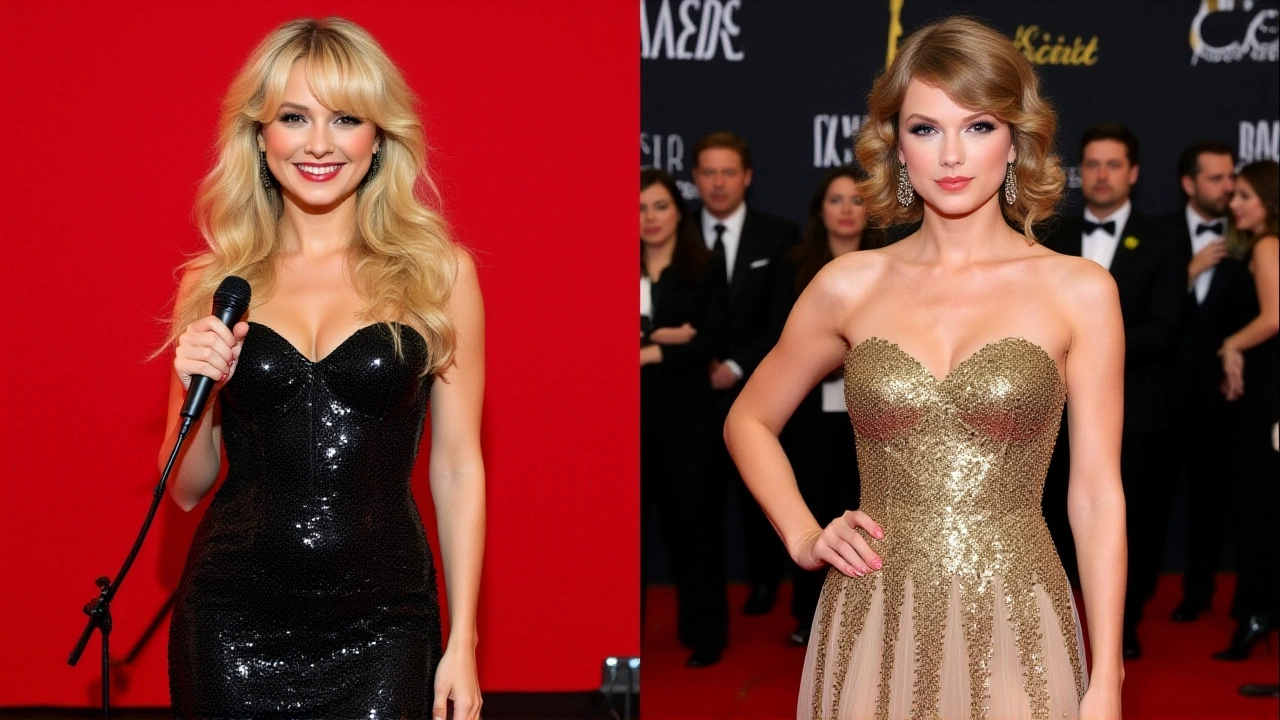TikTok Backlash – What’s Driving the Wave?
When people talk about TikTok backlash, the growing wave of criticism aimed at TikTok’s content, policies, or creators, often sparked by viral incidents. Also known as TikTok controversy, it reflects how quickly public opinion can turn on a platform when a single moment goes viral.
Social media backlash, a rapid, collective negative response on platforms like TikTok, Instagram, or Twitter, typically fueled by shared outrage or perceived injustice often starts as viral controversy, a sudden surge of attention around a contentious piece of content or policy. When a video or statement spreads like wildfire, users flood comment sections, share critique, and sometimes boycott the brand involved. This chain reaction can shift brand reputation, the overall public perception of a company or platform, measured by trust, loyalty, and credibility in a matter of days.
Meanwhile, consumer sentiment, the aggregate feelings and attitudes of users toward a product or service acts as the fuel that keeps the backlash alive. Positive sentiment can soften the blow, but when negativity dominates, it pushes creators and advertisers to respond quickly. Companies monitor these shifts to decide whether to issue apologies, adjust policies, or launch counter‑campaigns.
Backlash isn’t limited to TikTok alone; it mirrors reactions you’ve seen in other news stories. The Goddard Starbucks closure sparked community outrage, just as the finale of “The Girlfriend” on Prime Video sparked heated debate online. High school football upsets can ignite fan fury, and debates over vehicle ownership stir social‑media arguments. All these examples illustrate how a single trigger can ripple through public discourse, creating a feedback loop that amplifies the original issue.
If you’re trying to make sense of a TikTok backlash, look for three signals: the origin of the viral controversy, the speed at which social media backlash spreads, and the measurable impact on brand reputation. Tracking comment volume, sentiment scores, and any official responses helps you gauge whether the issue will fizzle out or evolve into a longer‑term crisis.
One reason a TikTok backlash can erupt so fast is the platform’s algorithm. It surfaces trending videos to millions in minutes, and once a contentious clip hits the “For You” page, the exposure curve looks like a steep hill. The algorithm doesn’t differentiate between praise and critique; it simply pushes what people engage with. That means a single angry comment can trigger a cascade of shares, memes, and reaction videos, amplifying the original controversy beyond its initial audience.
Influencers act as megaphones in this process. When a creator with a large following comments or creates a response video, their audience often mirrors the sentiment, turning a niche disagreement into a mainstream debate. Influencers may also take sides, endorsing apologies or calling for boycotts, which can shift the direction of the backlash dramatically.
Traditional media also jumps in. News outlets monitor trending hashtags and often report on TikTok backlash stories, adding credibility and reaching older demographics who might not be active on the app. This cross‑platform coverage can turn a digital squabble into a headline that influences advertisers and regulators.
From a psychological standpoint, people enjoy sharing outrage because it signals group identity. When users see peers condemning the same content, they feel validated and more likely to join the chorus. This herd behavior fuels the feedback loop that keeps the backlash alive.
For brands and creators wanting to defuse a TikTok backlash, the playbook usually includes three steps: acknowledge the issue quickly, provide transparent context, and outline concrete actions. Silence or denial often worsens sentiment, while a genuine apology paired with measurable change can restore trust over time.
What You’ll Find Below
The collection below brings together stories that illustrate the many faces of public pushback— from small‑town business closures to streaming show twists, from sports drama to everyday transportation dilemmas. Each piece shows how a spark can turn into a broader conversation, giving you real‑world context for the TikTok backlash trend. With those dynamics in mind, you can spot the early signs of a TikTok backlash before it dominates the feed. Below, you’ll see a mix of real‑world stories that reflect how community concerns, media reactions, and personal choices intersect with the broader wave of online criticism.
Sabrina Carpenter’s seventh album sparks controversy over its provocative cover and perceived misogyny, dividing fans and critics while echoing past double standards in pop.
